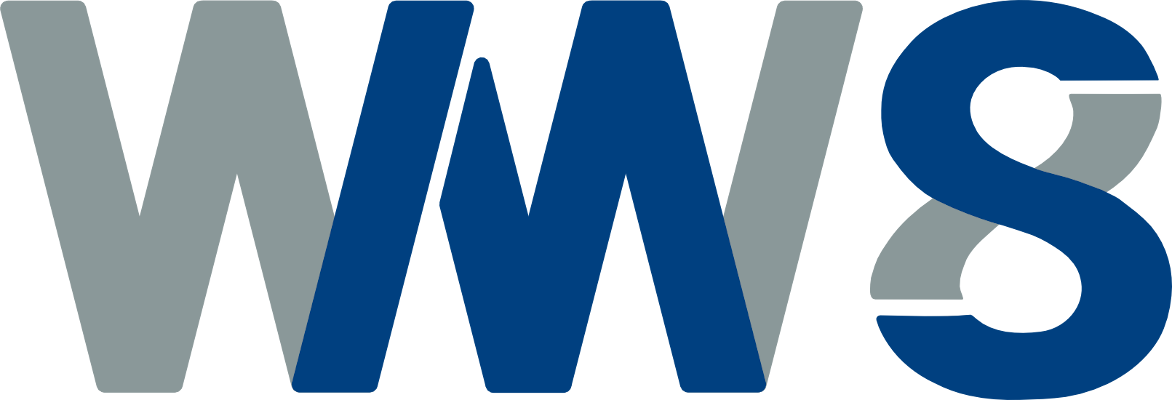Simulating Biomaterials as Hierarchical Networks
Bastien Dietemann
WW8, FAU
Wednesday, 25.10.2017, 17:00
WW8, Room 2.018-2, Dr.-Mack-Str. 77, Fürth
Natural biomaterials, often optimized for its environment, possess the property to be strong while being lightweight. One reason for the rise of this function is their atomic structure characterized by cleverly arranging atoms and bonds in such a way that stressed regions reveal a high bond density. Often, the biomaterial lattice reveals a repetitive pattern on different length scales, a so called hierarchical pattern, that allows the material to react to loads of various order of magnitude. This thesis is about the relationship between the lattice of a hierarchical biomaterial and its deformation and failure behaviour.
Our study consists of three strategies: A deformation strategy, a strengthening strategy and an optimization strategy. For the deformation, we monitor the distribution of failure events, forming a intermittent pattern which is called avalanche. For the strengthening strategy, we designed structures with modified bond strength and then compared the resulting maximum strength. Finally, in the optimization strategy, we used a brute force method to optimize the initial lattice with respect to maximum strength.
In the deformation strategy we found the avalanche distribution to be power law distributed for a deterministic lattice. Altering the structure of the initial deterministic lattice, we further found, and this is new, the power law distribution to originate in the distribution of voids in the lattice. Our strengthening strategies showed that we can strengthen the system by avoiding weak links, but not by using multiple links. Our optimization strategy let us assume that we could increase the material strength by arranging the voids in an angle of 45°.

